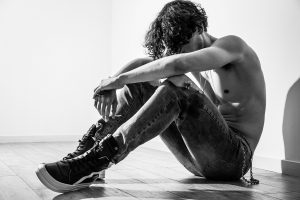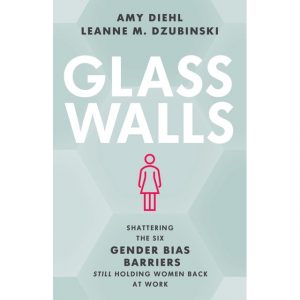
In recent decades, the modern experience of work and family has been increasingly combined with education, which has been extended over a longer period of the life course, especially for women. Instead of education being the sole responsibility prior to entering adulthood, schooling is often only one of several roles occupied by individuals across diverse backgrounds, whether continuously or as returning students with greater demands of family and work.
But how do women manage to “do it all”? What are the most common patterns that women take to navigate their education, work and family roles over the life course? The complexities that may arise from combining, ordering, or delaying the competing domains of education, work, and family call for a closer examination of how these experiences actually unfold across women’s lives.
To answer these questions, we drew upon data from the National Longitudinal Study of Adolescent and Adult Health, in which we examined the life experiences of women between the ages 18-43 (N=8101). Specifically, we used multiple measures of women’s current academic enrollment status, highest level of education completed, employment status, marital status, and number of children, and conducted a repeated measures latent class analysis. In this way, we were able to identify subgroups of women with distinctly different combinations (i.e. pathways) of education, work and family. Furthermore, we examined how these life pathways vary across women, and the extent to which they are impacted by factors such as race and socioeconomic background.
We identified seven distinct pathways and assigned descriptive names to each of them: Early Mothers with Limited Education (about 13% of our sample), Early Mothers with High School Interrupted (about 13%), Early Mothers with Continuing Education (about 19%), College then Work Focused (about 12%), College then Family Focused (about 9%), Graduate Degree Professionals (about 13%), and Independent with Continuing Education (about 20%).
We note several similarities and differences across these life pathways among women. For instance, we find that the Early Mothers with Continuing Education and Independents with Continuing Education are both likely to continue their college education into their thirties and forties, but they differ in their timing of marriage and having children. The Early Mothers with HS Interrupted and Early Mothers with Limited Education both consist of women likely to become mothers at an earlier age, but only those in the former group are likely to return to school as adults to complete their associate’s degree. Finally, the College then Work Focused, College then Family Focused, and Graduate Degree Professionals are all likely to focus first on completing their college education without interruptions, but they differ substantially in the timing of their work and family experiences.
In terms of sociodemographic differences, we found that socioeconomically disadvantaged women such as Early Mothers with Limited Education, who are likely to have parents with less than a college education or have experienced poverty early in life, are most likely to not be working full-time or at all by their thirties and forties. In contrast, some of the most socioeconomically advantaged women such as the Graduate Degree Professionals are likely to work the longest hours per week compared to other groups throughout their thirties and forties, even after having children. These findings confirm the idea that women’s ability to work may depend largely on their available resources and social environment. Such inequalities echo broader questions about how limited women’s experiences of work-family balance may actually be, and the extent to which U.S. policies and attitudes contribute to these unequal experiences.
Overall, this study provides a thorough illustration of the diversity of pathways that women experience, particularly highlighting important differences within broader categories of life course events such as early parenthood, and distinguishing between different types of higher education. By examining how family, work, and education are configured together, instead of viewing education as an antecedent or separate process from work and family, our study highlights the fluidity of education in many women’s lives, while challenging the notion that completing one’s education and transitioning from school to a full-time job are part of a discrete set of markers defining the transition to adulthood.
Bo-Hyeong Jane Lee is a research associate at the Center for Health Policy and Inequalities Research at Duke University. Her research examines inequalities in family, religion, health, and pathways across the life course.
Anna Manzoni (@theitalianna) is an associate professor in the Department of Sociology and Anthropology at North Carolina State University. Her research focuses on the life course, labor market, family, and social inequality.









